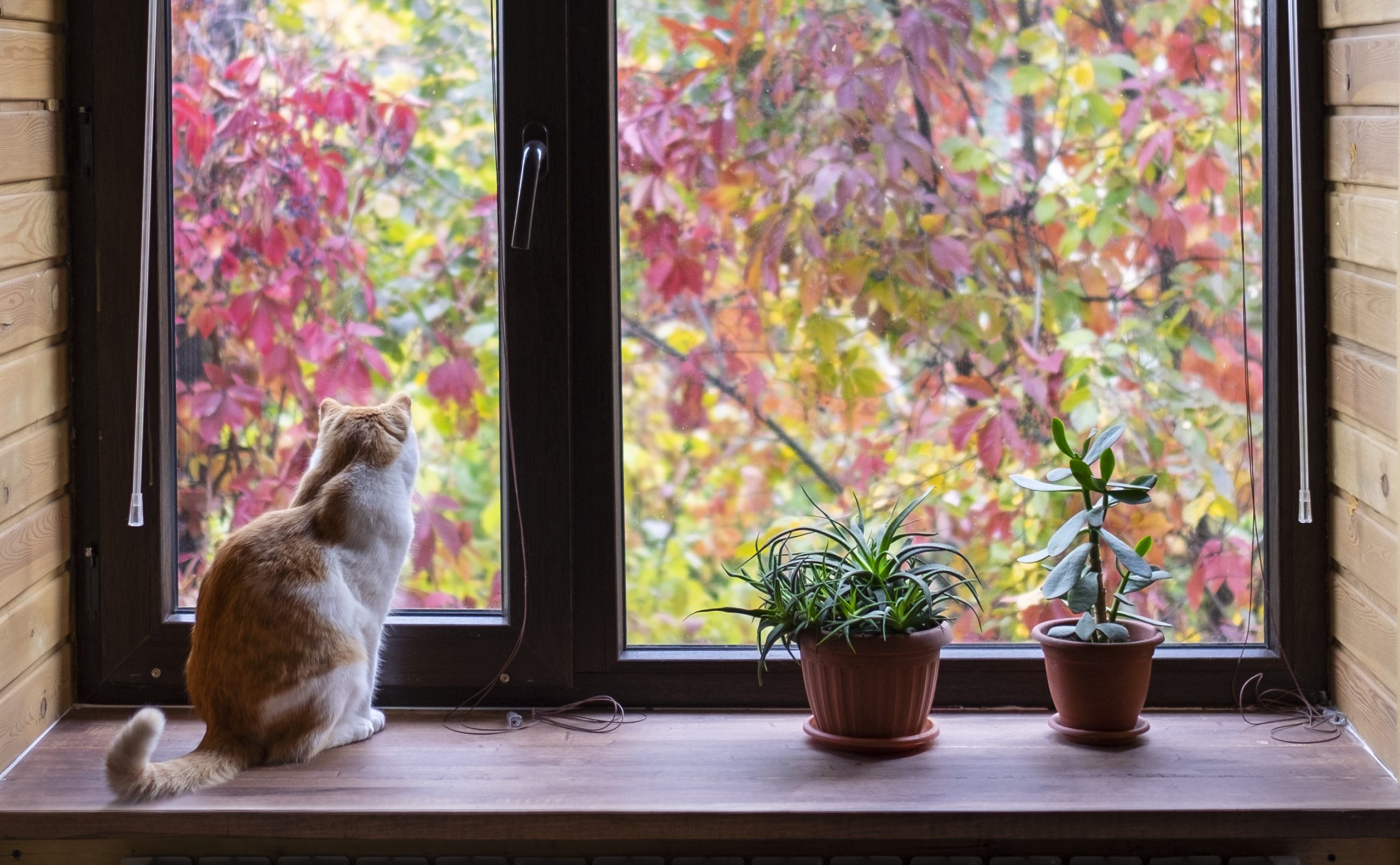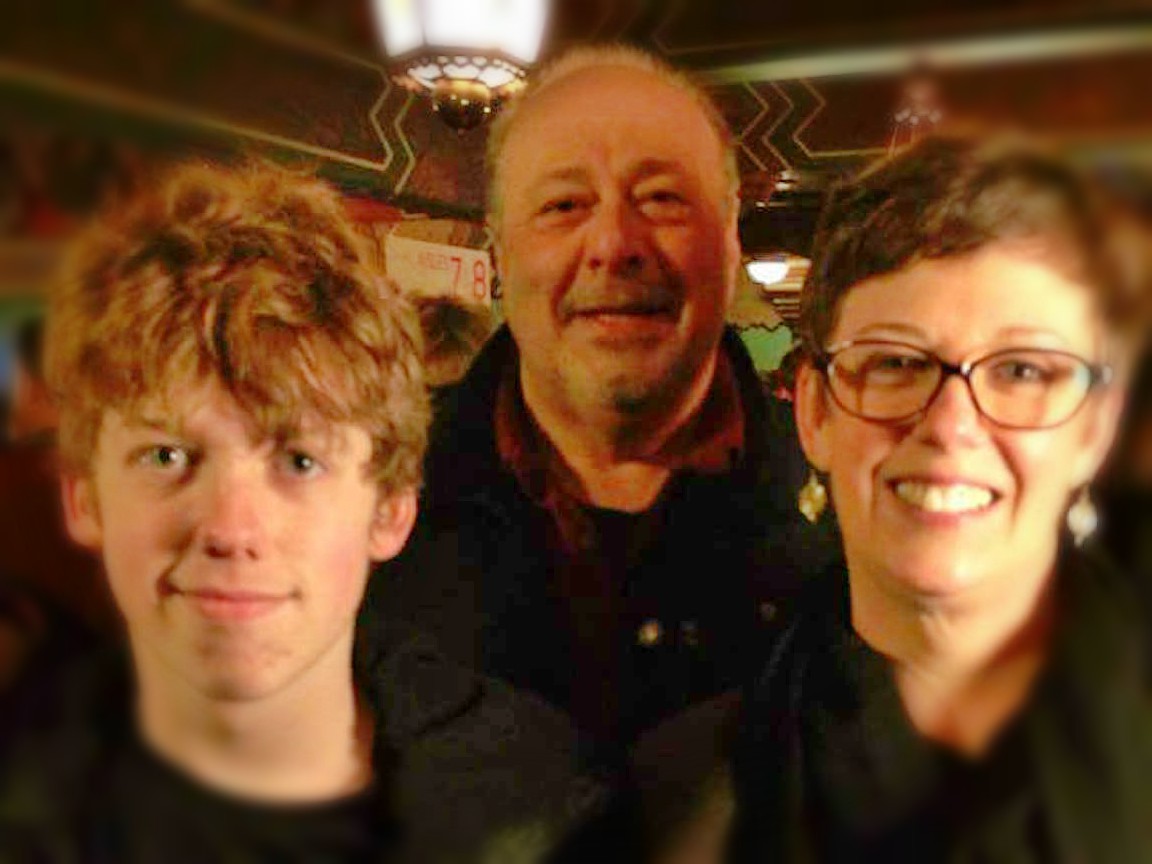If “a rose by any other name smells as sweet” (William Shakespeare), would a treehouse always be as sweet as our childhood memories tell us?
That’s what I wondered as I drove by a very nice group of houses the other day. I couldn’t help but notice the one closest to the road. It didn’t look so different from the others, but this house was home to children, very lucky children. A tall, wooden fort loomed in the side yard. Well-constructed hung below with swings and a rope bridge, it made me long for a special place like that.
A hideaway.
As a child, I loved to climb. Trees, jungle gyms, slides. I had no treehouse, but there were corners of the wooded lot next to our house that became circus tents, mud-pie markets, and pirate ships, even if they were only visible to me. The big ditch with its drizzle of water and the board I used to walk across it to my wonderland was probably not as big as I thought when I was nine years old, but it served my imagination well.
I never quite got over my fascination with what could happen in the trees, and I think now, as a suicide survivor, that’s a good thing. We all need a place to hide away, to pretend as we heal.
I imagined the children running out to the tall fort I had seen, but suddenly I wondered if something had been lost in the new construction. A dad might have put the thing together, but it may have been installed by other men. That led me to think about how different our lives are today, even our treehouses.
Life is faster now than ever before. The world doesn’t stop for those who grieve. So, what’s in a treehouse really?
Generations have pulled scrap boards into the branches, nailed floors and tiny rooms in place. Lessons passed from father to son include how to handle a hammer, what to say when fingers get hit instead of nails, and general principles of construction. Building shelters, like building a life, takes a certain kind of planning and execution and a “stick-to-itiveness” that battles frustration, no matter how rough the shape or how complicated the blueprint.
I could see some of these men in my mind, working beside sons and sometimes daughters, teaching more than woodwork, talking but also listening, mastering an unconscious bond that would guide their children throughout their lives.
Is all that gone with the pre-installed, pre-fabricated playgrounds of today? That’s the question I asked myself, but then I realized the answer is “no.”
Maybe things are different. The forts look better. That’s for sure. But countless dads and moms still spend incalculable hours rocking sick children, putting burgers on the grill in the backyard, sorting out problems, and cheering their kids on at ball games.
What does all this have to do with survivors of suicide? For me, it says. “Keep the good memories from the past, the tree-houses built under a tree instead of in one because my husband didn’t want our little girls to fall, but hold onto the new life we’re creating with those we can still hold in our arms. Build a hideaway, if only in our minds. Rest, step forward, rest, and go again.”
Families who lose a loved one to suicide must meet many challenges. Keeping those connections close after such loss is tiring, draining, and rewarding work.
Even if your treehouse is on the ground, don’t forget to go there. And take someone with you if you can.




